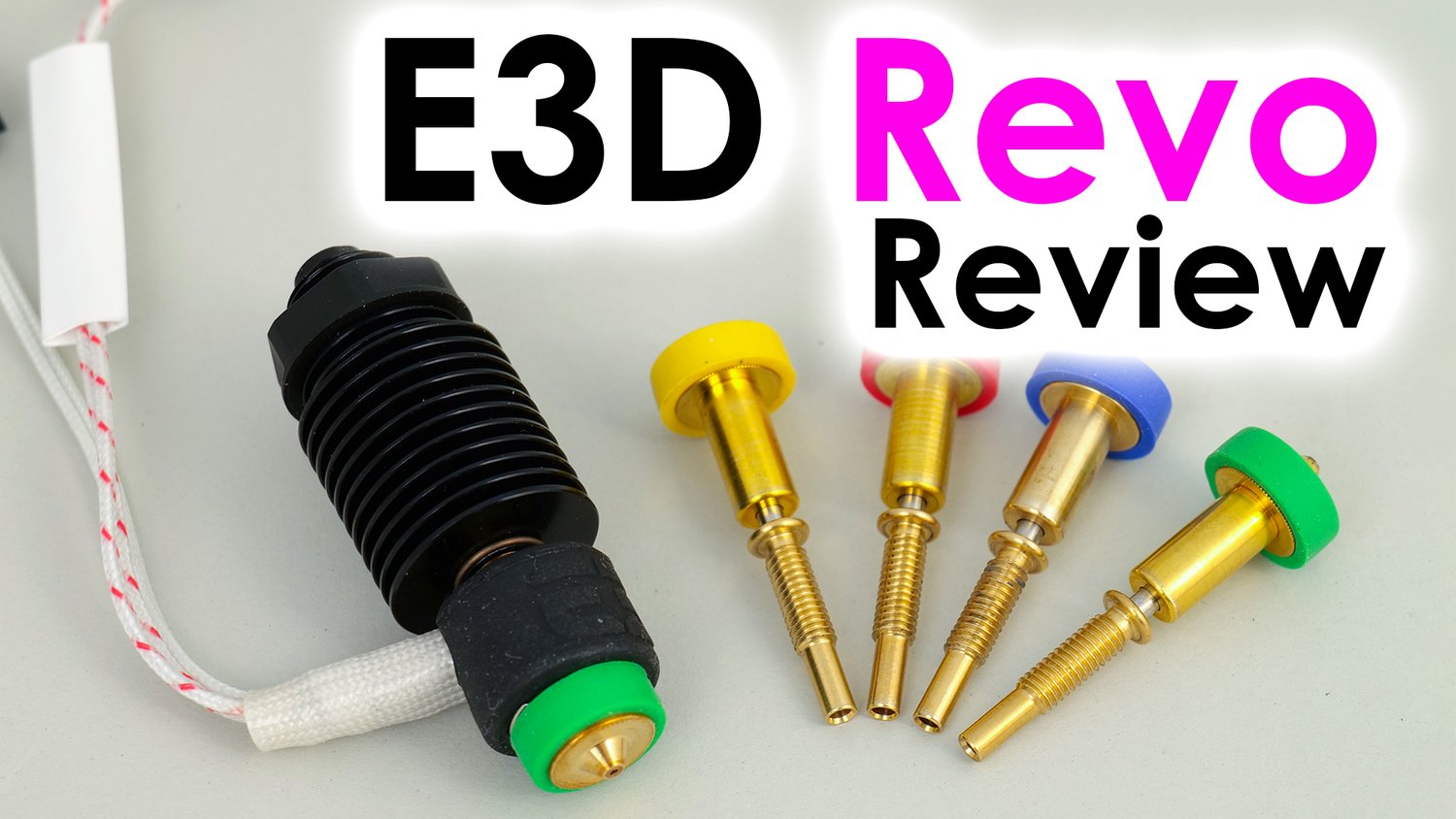m00dawg
Well-known member
I have G2's on both my 350mm 2.4 and 300mm Trident and generally they work really well. It's a fantastic extruder and I found it was easier to build than C2 and gives me better results. One thing I have noticed though is it seems to be easier to start skipping. I use Push Plastic's Black PLA for most of my prints (since opacity is very important and their black PLA is *super* opaque) but it's been a hard filament to nail down. On my Prusa MK3's (with Revos), I have to print around 235-240C. On the Vorons, which also have Revos, it's also 240C normally but I'm finding for some prints on the Triden I'm having to go up to *250C* to avoid clogs. That's getting awfully hot for PLA. By comparison on my XL, I'm printing around 215C for the same filament.
Trouble is if I lower the temp on the Vorons I start to get skipping.
So, my thought was to perhaps try out the LDO Orbiter just to compare and was curious if anyone has any opinions on the pushing force of it vs G2? And if it might work with Nitehawk for when I eventually (finally) start doing an umbilical.
To be clear also, I don't have these issues with the G2 for ABS or Atomic PLA. The G2 is a glorious so I don't want to come off as speaking ill of it. I'm just trying to solve for a potential special case.
Trouble is if I lower the temp on the Vorons I start to get skipping.
So, my thought was to perhaps try out the LDO Orbiter just to compare and was curious if anyone has any opinions on the pushing force of it vs G2? And if it might work with Nitehawk for when I eventually (finally) start doing an umbilical.
To be clear also, I don't have these issues with the G2 for ABS or Atomic PLA. The G2 is a glorious so I don't want to come off as speaking ill of it. I'm just trying to solve for a potential special case.



